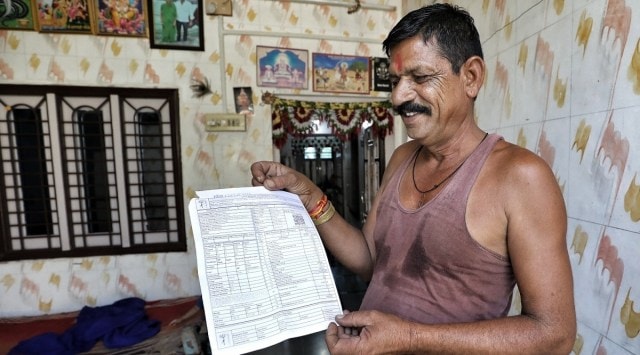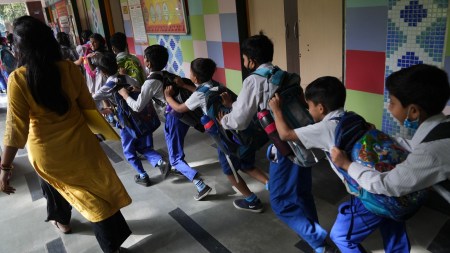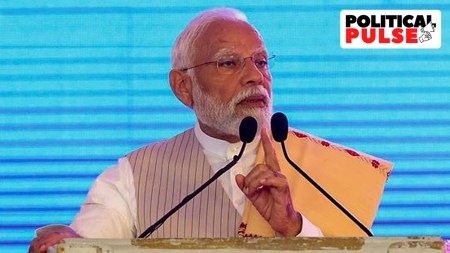As the holiday season approaches, Manjulaben Prajapati is interested in purchasing an electric two-wheeler for her daughters. She resides in Modhera, India’s first solar-powered village located in the Mehsana district of Gujarat. The village is famous for the Sun Temple built by the Chalukya dynasty.
Manjulaben’s home is equipped with rooftop solar power systems, also known as solar rooftops, which provide electricity during the day and store power in batteries for nighttime use. Many residents of Modhera have seen a significant decrease in their power bills, some even by 60-100%.
Due to their surplus power generation, Manjulaben has accumulated a credit of Rs 800 in her account. This has allowed her to make purchases like a new refrigerator and a flour mill. She plans to replace her Honda Activa scooter with an electric two-wheeler to save on fuel costs.
The Gujarat government is installing 1kw solar rooftop systems for free in Modhera as a demonstration project. The village was declared India’s first 24X7 solar-powered village by the Prime Minister in October. The project has cost Rs 80.66 crore so far, with the Centre and state sharing the expenses.
Rajendra Mistry, an official overseeing the solar project in Modhera, mentions that 78-80% of households are financially weak, which is why they are not charged for the solar rooftops. The project aims to be financially viable for replication in other villages.
The solar project in Modhera is the first grid-connected battery energy storage system in India. It generates power during the day and uses a Battery Energy Storage System at night.
The project also supports electric vehicles, providing free charging for buses, cars, and two-wheelers at the temple. The power generated helps recharge these vehicles.
Despite some delays and initial skepticism from villagers, the project is now operational. Smart meters are installed to send data directly to the electricity supply company.
Some villagers have concerns about voltage fluctuations and maintenance of the solar panels. A few residents have not seen a decrease in their electricity bills, like Elaben Prajapati, who works as a farm labourer.











